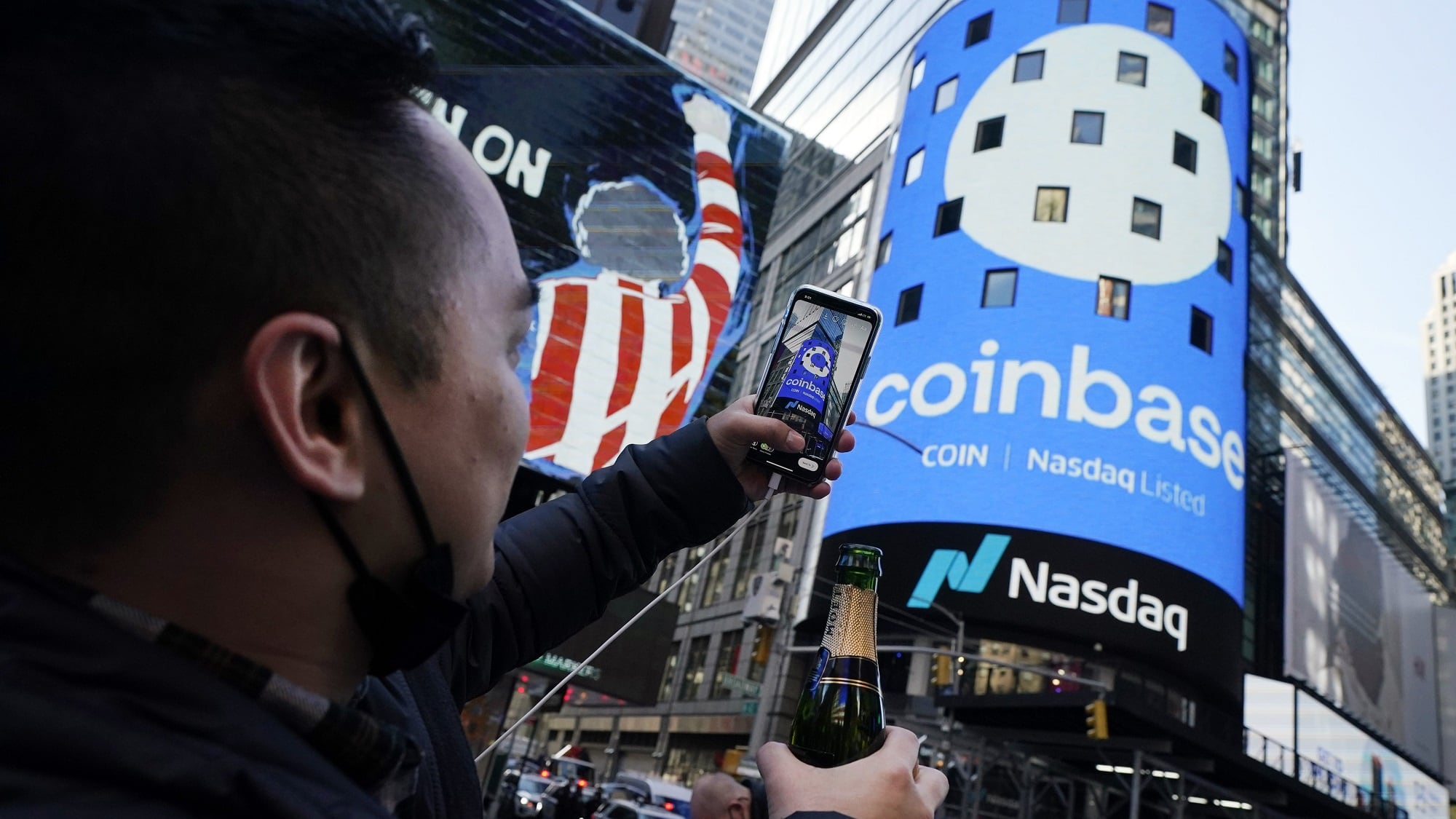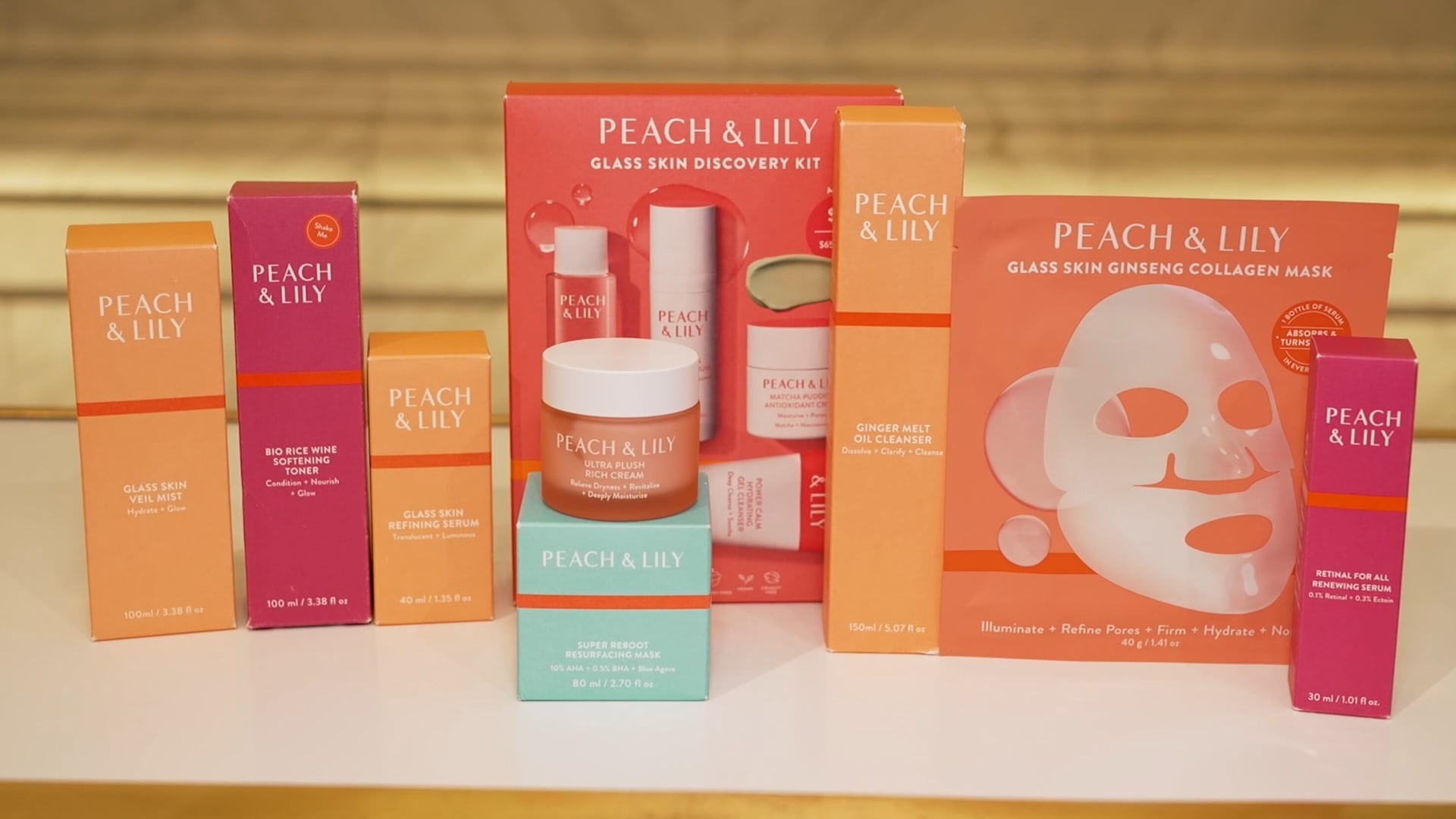When the pharmaceutical giant Allergan got FDA approval in 1989 to use Botulinum toxin for clinical use, it represented a medical breakthrough: the first time microbial bacteria was approved for injection into the human body. Better known as the protein that makes up the extremely deadly disease botulism, it would now be marketed as Botox. Now, 30 years later, it is one of the most popular clinical treatments in the world, with applications both cosmetic and therapeutic.
To commemorate 30 years of Botox, two executives from parent Allergan told Cheddar how the brand most commonly known as a wrinkle treatment has morphed into a miracle drug of sorts, with 11 separate therapeutic applications, from overactive bladder to excessive sweating to chronic migraines. More than 100 million vials of Botox have been manufactured worldwide.
"The majority of sales in the U.S. are therapeutic," said Jag Dosanjh, senior vice president of specialty therapeutics at Allergan. "And the markets are growing."
The FDA approved Botox for use in treatment of chronic migraine sufferers back in 2010, and that has become one of its biggest markets now, Dosanjh said. Since then, it has also been approved for urinary incontinence and crow's feet wrinkles. And there's more applications currently being studied, including a possible treatment for major depressive order, according to Dr. Mitchell Brin, Allergan's chief scientific officer for Botox and neurotoxins.
"There are significant regulatory hurdles," Brin said, though that's typical anytime a pharmaceutical company is "breaking new ground."
If you're not a migraine sufferer or excessive sweater (Botox is also a popular treatment for underarm perspiration), you probably know Botox mostly for its popularity as an anti-aging procedure. Kris Jenner is giving Botox treatments as a Christmas gift this year, and doctors report a dramatic increase in people under 30 asking about injections.
Dosanjh and Brin confirmed to Cheddar that millennials are a growing market for Botox, which is perhaps surprising given the generational trend toward body positivity.
Thirty years ago, it may have been hard to imagine that injecting literal botulism toxins into one's face would become so popular. But Botox's efficacy, safety, and status as the market leader has proven it to be a resilient, multi-faceted product.
"If you can connect with the patient in the right way, because the unmet need is so significant... there's still a lot of opportunity," said Dosanjh.








